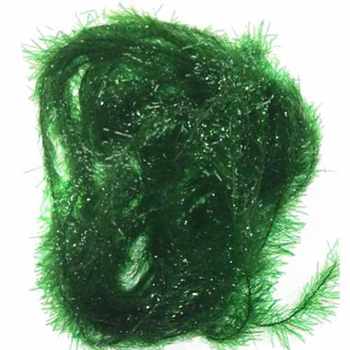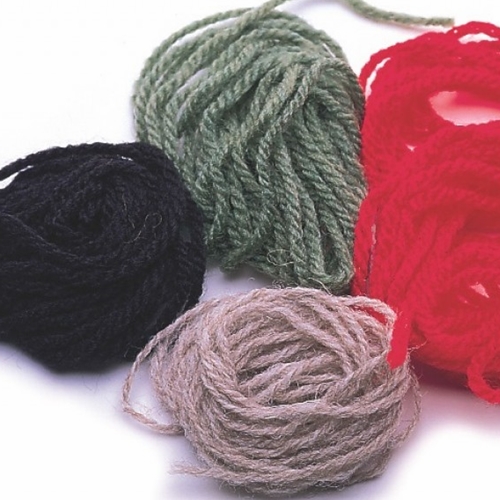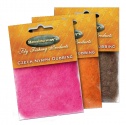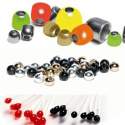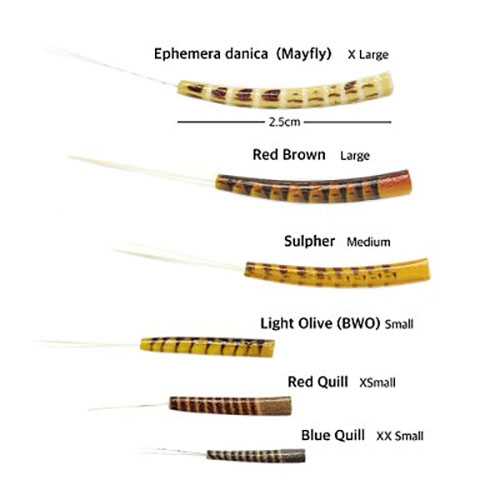Fly Fishing Tackle: Hook Sizes
- Fly tying hook comparison chart - compare models from different manufacturers
- Information about hook sizes
- What are the different types of hook styles?
 A hook is a hook is a hook…except not in your fly fishing tackle. You can get hooks in a range of sizes and styles, to catch anything from a salmon to a shark (okay, we assume you won’t be fishing for the latter any time soon). A hook’s most important feature is – big surprise – how sharp it is. Some are very sharp straight out of the box, but others need to be sharpened. A dull hook will not work well. You’ll only end up with missed strikes and lost fish. Make sure to use a hook sharpener whenever you are using a new hook
A hook is a hook is a hook…except not in your fly fishing tackle. You can get hooks in a range of sizes and styles, to catch anything from a salmon to a shark (okay, we assume you won’t be fishing for the latter any time soon). A hook’s most important feature is – big surprise – how sharp it is. Some are very sharp straight out of the box, but others need to be sharpened. A dull hook will not work well. You’ll only end up with missed strikes and lost fish. Make sure to use a hook sharpener whenever you are using a new hook
The size of a hook is based on the gap between the shank and the shaft as well as shaft length. Generally speaking, the larger the number of the hook, the smaller it will be. A number 22 hook is tiny and used for tying flies, while a number 6 with a quarter-inch gap is good for bream. The size rule applies until you reach a number 1. Then they go from 1/0 upwards. A 2/0 is good for plastic worms for bass, while a 10/0 is big enough for shark.
A number 6 hook usually has a shaft about 5/8ths to 7/8ths of an inch long. If the hook’s number is followed by another number and an x, then the shaft is longer or shorter than normal. For example, number 6 2× Long has a shaft the length of a hook two sizes bigger. On the other hand a 6 2× Short has a shaft the length of a hook two sizes smaller.
Pick a hook size based on the size of the mouth of the fish you want to catch. We’re not talking Jaws here, of course; you need dynamite for him. Although a carp and a bass of equal size (say five pounds), you need a much smaller hook for the carp because its mouth is smaller than that of the bass. Consider, too, the size of bait – live minnows require a bigger hook than earthworms because the gap in the hook has to be big enough to let the minnow move. Hooks and much more fly fishing tackle available from our shop.




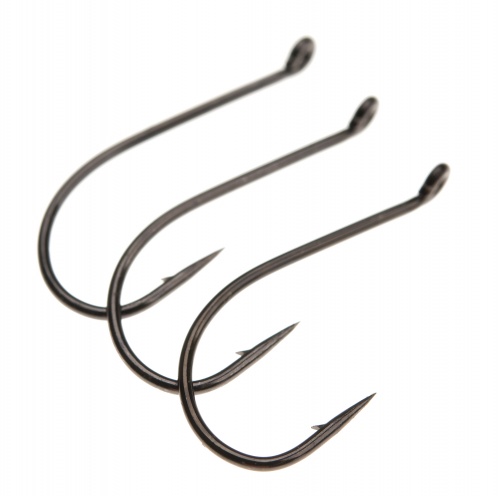
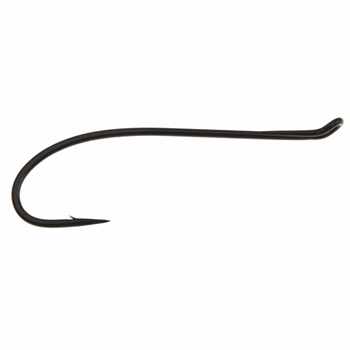
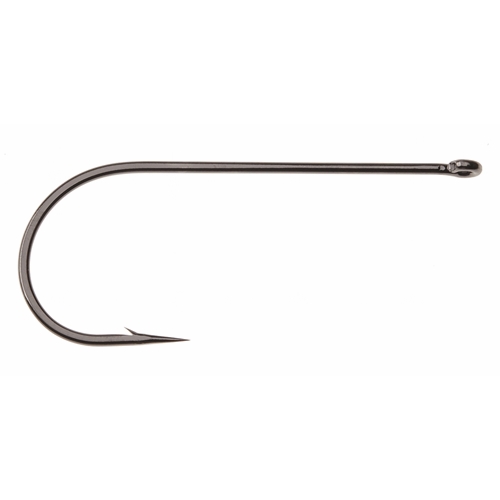
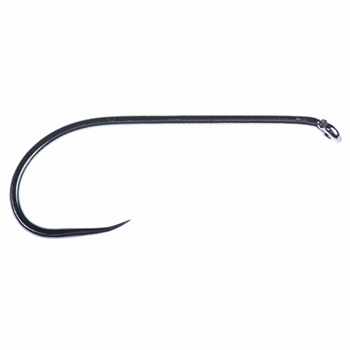
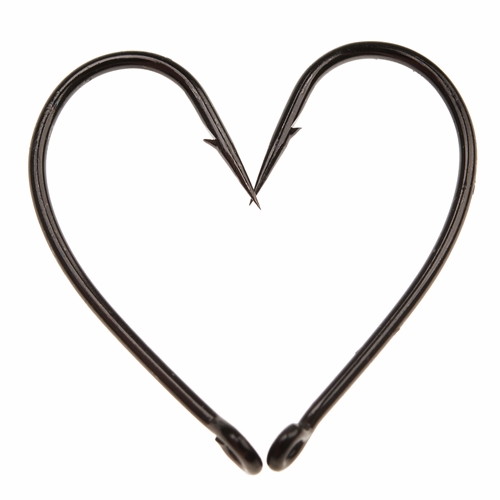



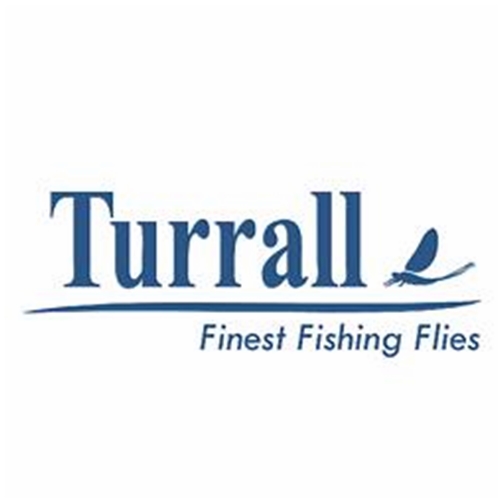

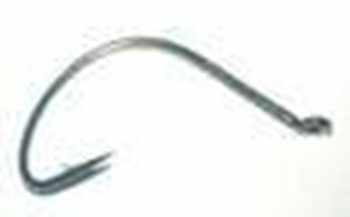
.jpg)



